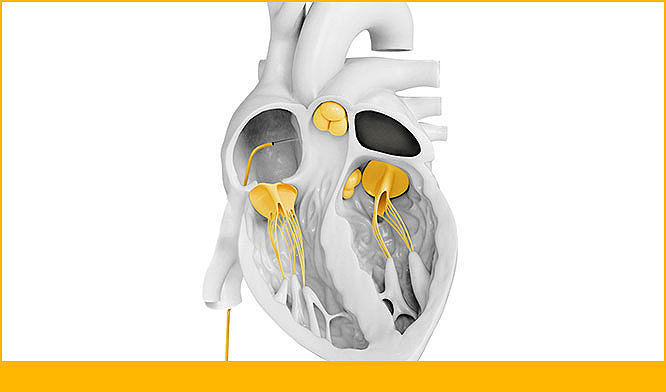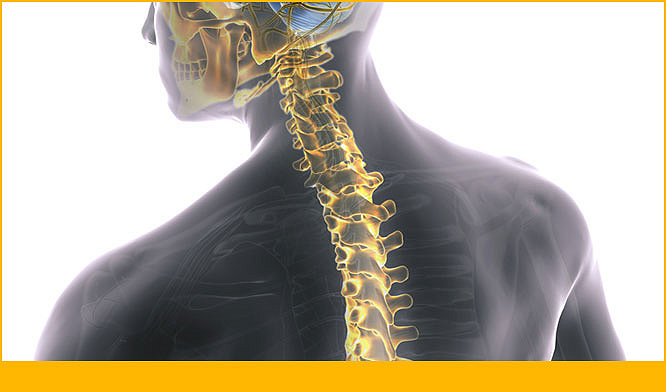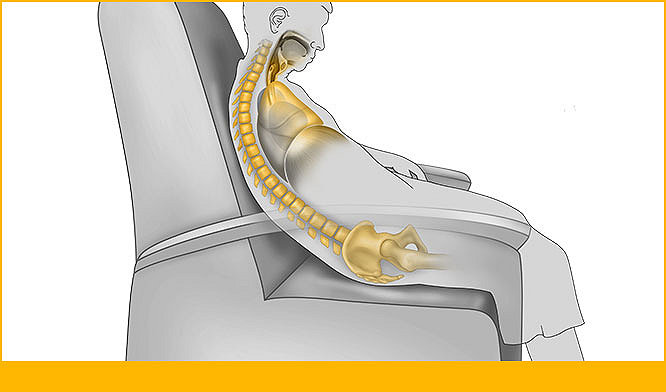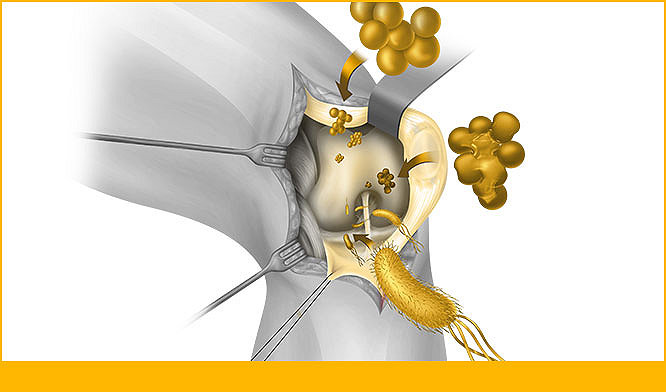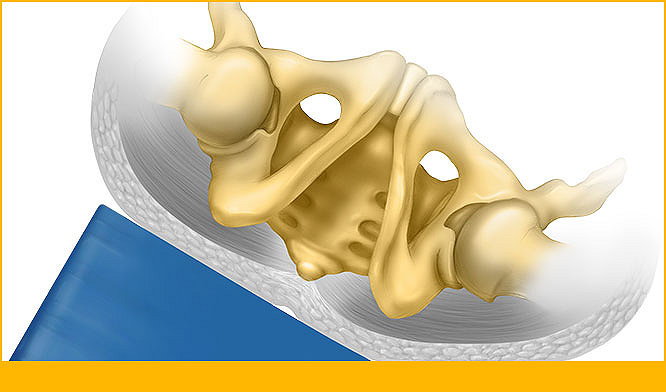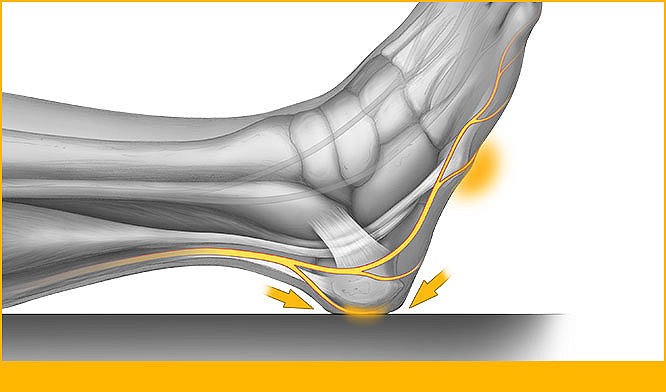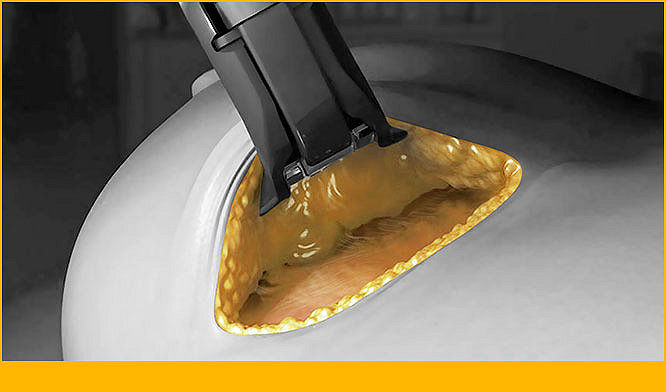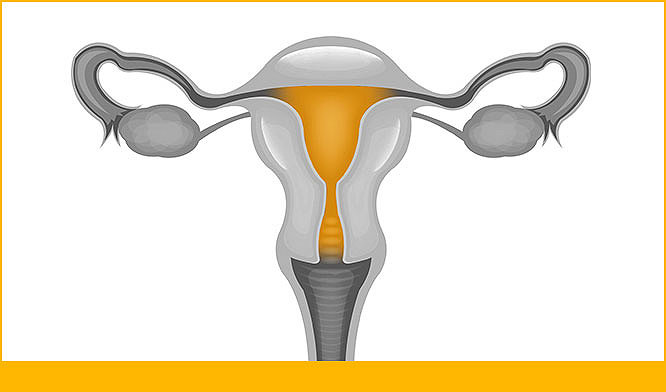
FocusRN is Stryker’s learning platform that provides clinical education and tools that address the challenges nurses face in patient care every day.
The course offerings are developed in conjunction with our panel of clinical experts to produce relevant, evidence-based content. FocusRN allows you to track your progress and provides transcripts of completed courses to enhance your record-keeping for licensure renewal.
Upcoming events
Tuesday, January 20
Live Webinar
Mobility Matters: Positive Impact of Safe Mobilization
Jan Powers, PhD, RN, CCNS, CCRN, NE-BC, EBP-C, FCNS, FCCM, FAAN
On-demand webinars
Revisit some of the most popular FocusRN monthly webinars. Learn about pressure injuries, hospital-acquired infections and more from clinical leaders.
Explore clinical topics
SAGE-WBNR-SYK-1808751_REV-0_en_us


